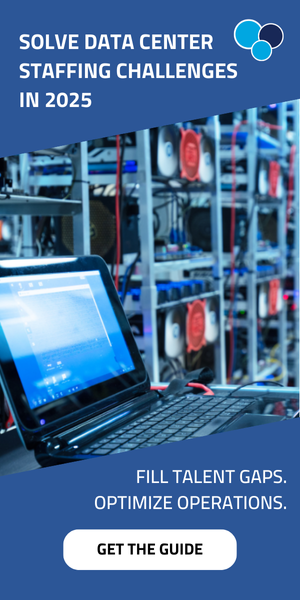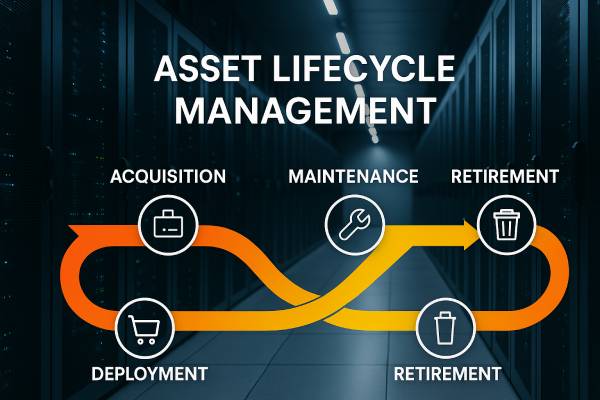The data center industry has faced a talent crisis for years. It’s only getting worse as the global demand for digital infrastructure accelerates. The Uptime Institute says that by the end of 2025, we will need over 325,000 new full-time data center jobs worldwide.

However, there is not enough talent to fill these positions. This growing gap is not just an HR problem. It is now a risk to development pipelines and operational strength. It can even affect national security as more governments see data centers as critical infrastructure.
At the upcoming Datacloud Global Congress, industry leaders will explore a fundamental question: Will labor shortages become the next bottleneck for data center growth?
A confluence of trends is making this an urgent issue. Many experienced professionals are nearing retirement, and fewer young workers are entering skilled trades. Compounding the problem, competition for existing talent is fierce—42% of operators report losing staff to competitors. In this environment, the ability to recruit, retain, and support a resilient workforce could determine which operators succeed.
So how can the industry respond?
One strategy gaining traction is the Multi-Skilled Operator (MSO) model. MSOs are trained to handle both IT and facilities tasks—streamlining operations and improving flexibility. However, balancing specialization and breadth is key, especially in high-risk environments like mission-critical facilities.
Operators are also tapping into nontraditional talent pipelines. Military veterans, career changers from adjacent industries, and graduates of technical colleges are all being targeted through partnerships and fellowship programs. Still, attracting these groups requires changes in how roles are advertised and filled—starting with more realistic job descriptions and fewer interview rounds.
Retention, too, has become a form of recruitment. Clear career pathways, mental health support, and upskilling opportunities are now essential in preventing churn. The mental wellbeing of workers—often overlooked—has gained new visibility as operators recognize the intense, 24/7 nature of data center work.
Finally, technology has a role to play, not by replacing workers, but by empowering them. Platforms that digitize workflows, standardize maintenance, and centralize operational data help smaller teams manage growing complexity without burnout. Real-time monitoring, automated alerts, and mobile access reduce the manual load, allowing operators to focus on strategic tasks.
The conversation at Datacloud is a timely one. If this decade is about chasing megawatts, the next may be about securing the human capacity to power the industry forward.
Want deeper insights and actionable strategies to address staffing challenges in your data center?
Download the 2025 MCIM Solutions Guide How to Overcome Data Center Staffing Challenges and learn how leading operators are adapting to meet the moment.



